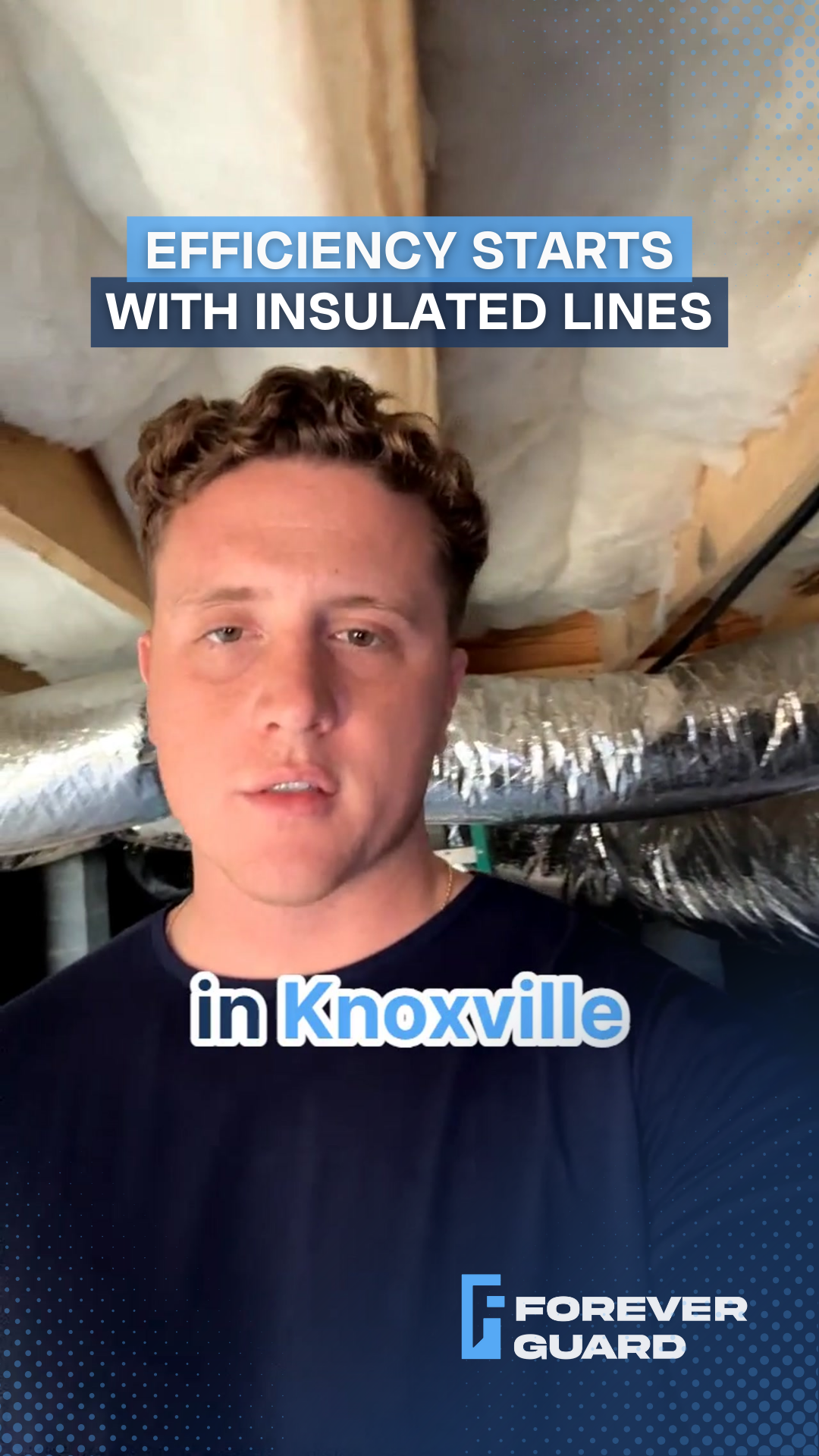Blog

I see it in almost every crawl space I inspect around Knoxville - that white, chalky residue on foundation walls. Most homeowners notice it and figure it's just part of having a crawl space. But that discoloration is actually telling you something important about what's happening to your foundation.









